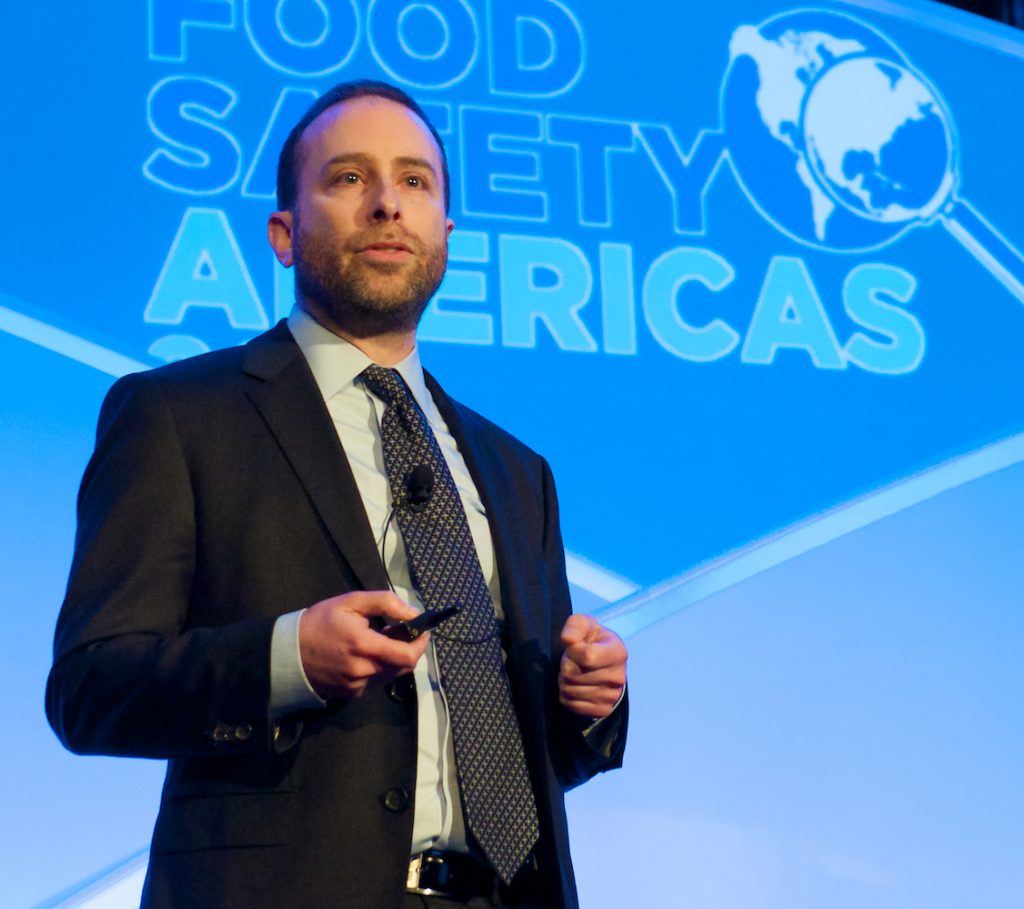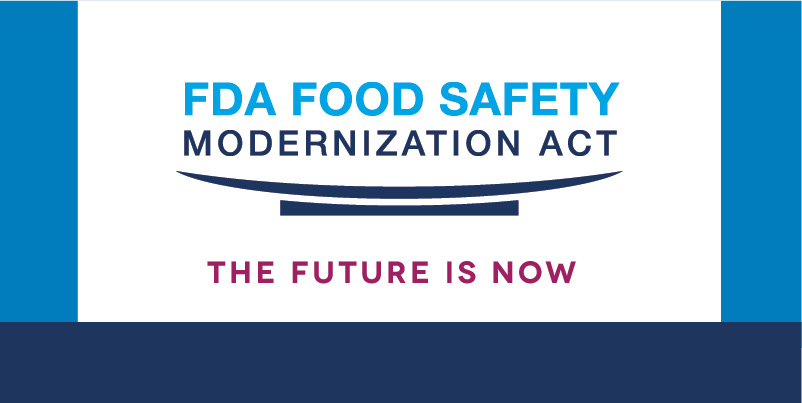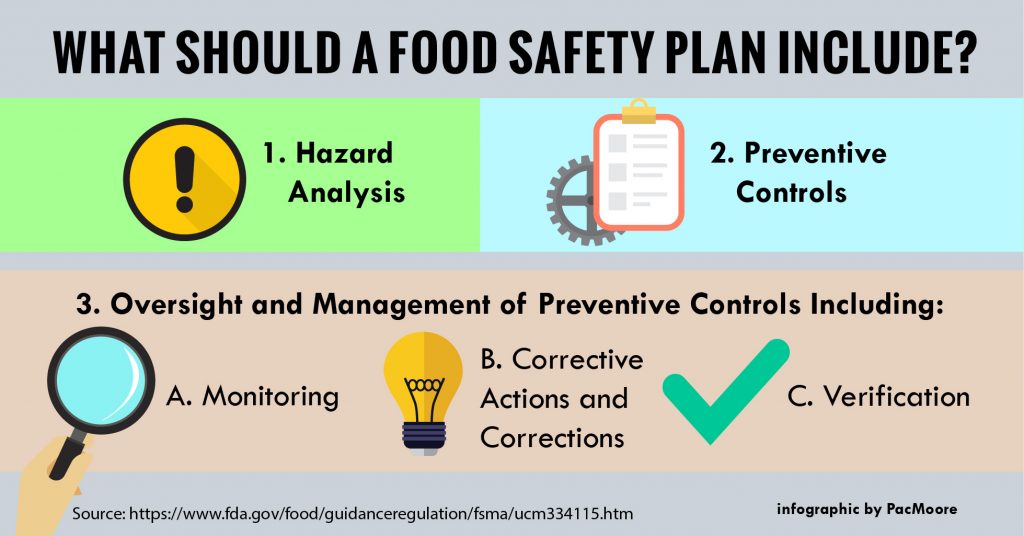As Vice President of Food Safety and Quality Assurance at PacMoore Products, Evan Rosen oversees all of the quality systems and teams at PacMoore facilities. With a passion for teaching and a commitment to the continuous improvement of our quality systems, Evan has proven to be just the right person to help PacMoore prepare for FSMA Preventive Controls as our industry moves rapidly toward full implementation. Enjoy Evan’s article below about FSMA and our journey to compliance.
Preparing for FSMA Together
 In Evan Rosen, PacMoore has an in-house FSPCA PCQI Lead Instructor for Human and Animal Food. His commitment is to ensure that we have multi-departmental participation and understanding of the new requirements. To further this, we have invited customers and vendors to participate and learn alongside us in all of the formal training courses that Evan leads so we are able to share our unique perspectives, collaborate, and align in our approach. Our next stage is to reach out to our customers (who are often also our suppliers) to align in agreement on handling the Supplier Preventive Controls rule. Finally, our conversion from HACCP to the new Food Safety Plan will take place this summer along with additional training classes.
In Evan Rosen, PacMoore has an in-house FSPCA PCQI Lead Instructor for Human and Animal Food. His commitment is to ensure that we have multi-departmental participation and understanding of the new requirements. To further this, we have invited customers and vendors to participate and learn alongside us in all of the formal training courses that Evan leads so we are able to share our unique perspectives, collaborate, and align in our approach. Our next stage is to reach out to our customers (who are often also our suppliers) to align in agreement on handling the Supplier Preventive Controls rule. Finally, our conversion from HACCP to the new Food Safety Plan will take place this summer along with additional training classes.
FSMA Introduces Food Safety Plan with Preventive Controls
Before FSMA, the food industry relied heavily on HACCP – Hazard Analysis and Critical Control Points – to ensure that all food produced was safe for consumption. HACCP’s origin began nearly 60 years ago when food scientists were designing a system to ensure that food was safe for NASA’s manned space program. The HACCP System gained traction throughout the 70s and 80s until 1989 when it was officially codified, including the seven principles we all know and love (Source: John G. Surake, The Evolution of HACCP).
 The Food Safety Plan under FSMA builds on the foundation of HACCP and takes it further to address key reasons for recalls that HACCP previously didn’t prevent, such as mislabeling, undeclared allergens, sanitation and the processing environment. This is where preventive controls come into play, including process, sanitation, allergen and supplier. Additionally, hazards such as radiological (as a subset of chemical) and economically motivated are now considered. This new model is designed to fill the gaps found in previous HACCP plans.
The Food Safety Plan under FSMA builds on the foundation of HACCP and takes it further to address key reasons for recalls that HACCP previously didn’t prevent, such as mislabeling, undeclared allergens, sanitation and the processing environment. This is where preventive controls come into play, including process, sanitation, allergen and supplier. Additionally, hazards such as radiological (as a subset of chemical) and economically motivated are now considered. This new model is designed to fill the gaps found in previous HACCP plans.
What Should a Food Safety Plan Include?
According to the FDA, the following are the key requirements that covered facilities must establish and implement in their written food safety plans:
- Hazard analysis
- Preventive controls
- Oversight and management of preventive controls including:
- Monitoring
- Corrective actions and corrections
- Verification

Complying with increased regulation in our industry is certainly a difficult and expensive project, but we’re glad to rise to the challenge. By collectively raising the bar, together all of us in the food industry will prevent innumerable food borne illnesses and deaths. Isn’t that worth the cost?
For more information about FSMA, you can read Evan’s earlier blog about it here or visit the FDA’s page about FSMA here: www.fda.gov/fsma.
For more information on PacMoore’s food contract manufacturing capabilities including dry blending, extrusion, spray drying, re-packaging, and consumer packaging visit www.pacmoore.com
